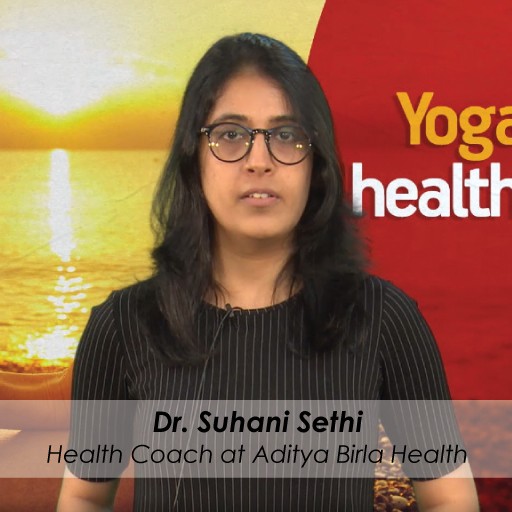
As more and more women enter the workforce, they have formed a whole new class of working professionals who looking for better ways to manage their finances. Housewives are finding more work from home opportunities or starting their own business based on their talents and creativity. They too have started earning good incomes and contributing to the economy. However, when it comes to financial planning, many women are still not aware of the variety of ways they can save. Health insurance, for example, is often overlooked even though it could save lakhs of rupees in a medical emergency. Read on to learn more about health insurance.
Health insurance is something every working individual should consider. With the rising cost of healthcare and the fact that a medical emergency can strike at any time, it is a good idea to have a financial backup in place. Once you have made the decision to buy health insurance, don’t let the myriad of choices discourage you from choosing the right one. By following the tips listed here, you will get clarity on how to choose the right health insurance policy.
What To Look For In A Health Insurance Policy?
What Is Covered:
Different health insurance policies can offer coverage to varying degrees. For example, some policies only cover hospitalisation charges, while others might cover pre and post hospitalisation costs within a certain time frame. Ideally, you should look for a plan that will cover your pre and post hospitalisation costs as well as diagnostic tests, medicines, doctor’s consultation fees, and so on. Most health insurance providers have an option of up to 30 days of coverage before and after your hospital stay.
The Sum Insured:
The sum insured is the maximum amount you can claim per year on your policy. If your sum insured is Rs. 5-lakhs then anything up to that amount can be claimed. If your medical costs exceed that amount, then you will have to pay the difference out of your pocket.
Premium:
The premium is the amount you pay to your health insurance provider each year. Depending on your age, medical history and the sum insured, your provider will decide on how much your premium should be. For example, a 30-year-old woman in good health could pay a premium of Rs. 5,000/- for a 4-lakh sum insured, but a 40-year-old woman who has a heart condition could pay Rs. 6,250/- for the same amount.
Pre-existing Condition Waiting Period:
There is something called a waiting period when you make a claim for a pre-existing condition, which could range from 2 to 4 years. What this means is that for example, if you already have a heart condition when you buy your policy and then you get hospitalised because of a heart attack, your claim will only be approved after the waiting period has passed. With this in mind, it is better to choose a policy with a shorter waiting period.
Family Plan v/s Individual:
It is always a good idea to have every member of the family covered by health insurance. However, getting individual policies for every member can be expensive. A more economical option that you can explore is a family health insurance plan. Under this policy, all family members including your spouse, children, and dependant parents can be covered. The premium will cost more than an individual policy but will be cheaper than getting a separate policy for each person.
Exclusions:
Every health insurance policy has a list of illnesses that it does not cover, which are called exclusions. It is important to read the policy document carefully to know what conditions are and aren’t covered under that plan. From pregnancy and joint replacements to hernia and dental surgeries, it is better to know if you can make a claim or not.
Other things to look out for when buying health insurance include: the hospital network, maximum age of renewal, claim to settlement ratio, and of course reviews of other customers. Keeping these tips in mind you can choose the best health insurance policy for you and your family. With women making more financial decisions in this day and age, it is important to be educated on the benefits that insurance offers.





 1800-270-7000
1800-270-7000










